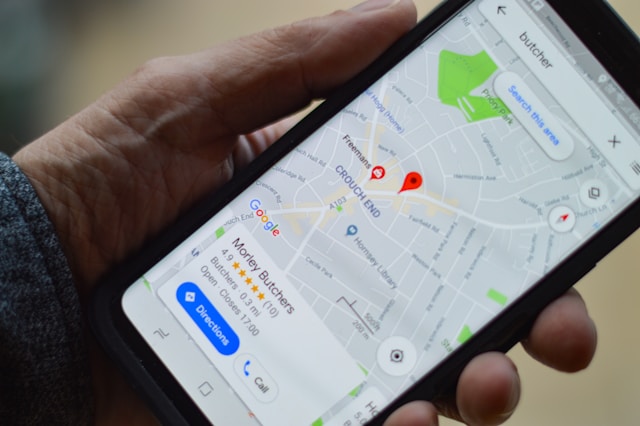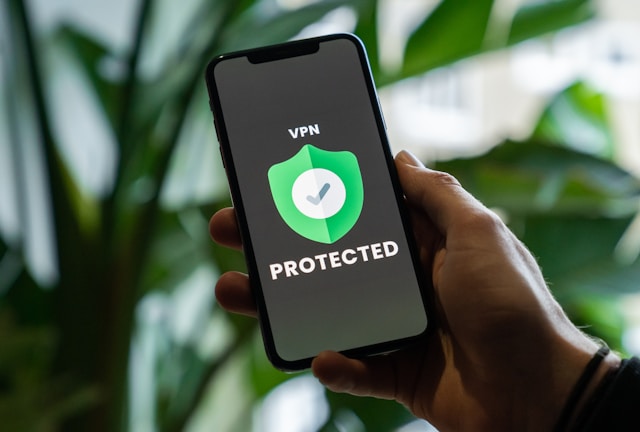Almost every website you visit uses your IP’s location to personalize your experience and offer other dynamic solutions. This helps them improve the user experience, which, in turn, boosts their sales. You can also make your site operate like theirs for returns just as impressive. But how? Simply localize IP addresses of your site visitors.
If you’re curious about how it all works, you’re in the right place. This article explains what IP localization is and how it works. You’ll also

Table of Contents
What Is Localization for IP Addresses?
When you localize IP addresses, you figure out where in the world an internet-connected device is hanging out. When devices connect to the internet, they get a unique IP address that identifies them over the internet.
But aside from ID, this string of numbers called IP addresses can tell a lot about the device’s location.
So, in other words, when I localize my IP, I’ll essentially be tracing it back to my physical location.
This process, also often going by the name IP geolocation, is not always spot-on, though.
Sometimes, it’ll get you a precise location, while other times, it might be an approximate location off by a few miles.
Here are a few of the many details you can find when you localize IP addresses:
- Country
- Region (like a state or province)
- City
- Postal code
- Geographic coordinates (latitude and longitude)
- Timezone
- Internet service provider (ISP)
- Other bits of info, depending on what you’re looking for.
But what can all this information help you with? Let’s find out.
When To Localize IP Addresses
Knowing a device’s approximate or exact location has many use cases for businesses, marketers, and cybersecurity pros, among others.
Let’s quickly go through a few key use cases.

1. Geo Pricing
Have you noticed two different prices for the same product depending on where you access a website from? That’s geo-pricing at work. It’s a strategic technique businesses use to set prices based on the customer’s geographical location.
In regions where demand is high, people are willing to pay a little extra so businesses can charge more. While in areas with lower demand, reducing prices can get them more customers.
Physical goods aside, subscription services like SaaS platforms or app memberships are also big time geo-pricing users.
For example, Spotify makes good use of geo-pricing by offering plans considering the purchasing power and economic conditions of countries.
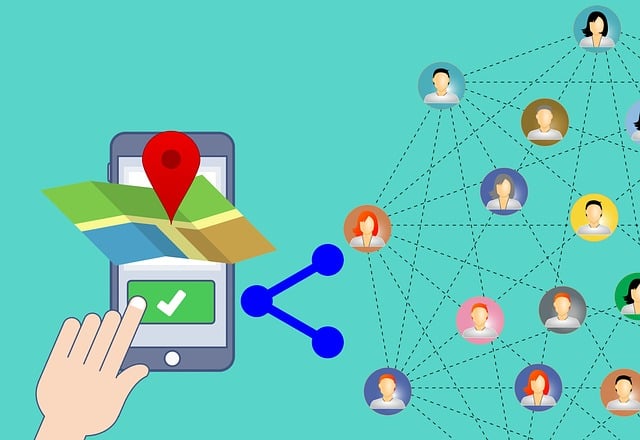
2. Geo Fencing
Geo-fencing refers to setting up an invisible boundary that triggers actions when mobile devices visit or reside in them. You can find such virtual fences around a geographic location such as a retail store, a neighborhood, or an event.
These are hot zones where businesses serve geotargeting ads or notifications to get high traffic. To find these areas, they localize IP addresses to find areas packed with their target audience.
Besides marketing, geofencing can improve security by sending alerts if, for example, a delivery vehicle strays out of a designated zone. It can also automate daily tasks, like switching on your house lights when you step inside the perimeter.
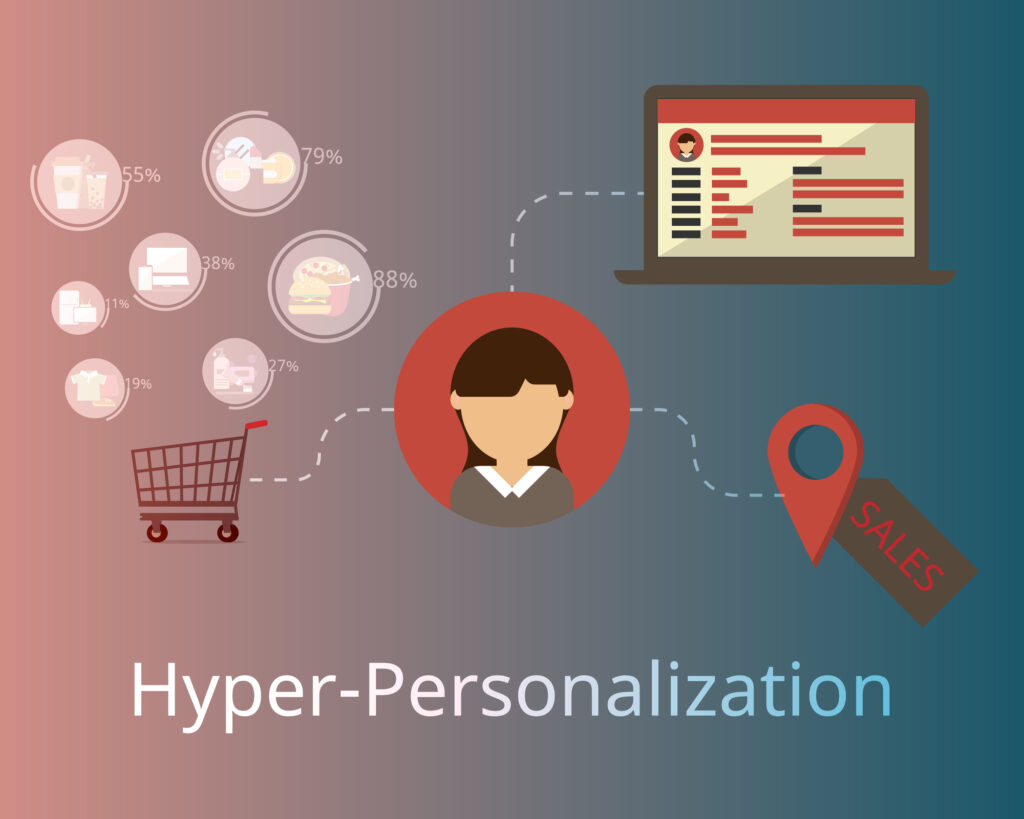
3. Content Localization
Instead of throwing out the same generic ad to everyone, businesses use your location to personalize their messaging.
They IP localize their website visitors for the location data and match their content to local trends, preferences, and seasons.
So if a visitor’s IP location has a winter season, e-commerce websites will show them winter apparel and vice versa.
In addition, localization also includes adjusting language and prices on a website to better suit the visitor. It helps websites display pages in regional languages if that’s what visitors would understand better than English.
They also get to see prices in their local currencies instead of dollars, which significantly influences their purchase decision.

4. IP Based Redirection
When using your IP location, a website can automatically redirect you to a version of the site that better fits your intent. For example, you might have seen a website automatically direct you to a page in your native language.
IP-based redirection also helps websites with issues like load balancing. If a server is getting too much traffic, it can redirect some users to a less busy server. This prevents the site from crashing while also keeping the site fast for everyone.

5. Compliance With Regional Regulations
Businesses that geolocate IP addresses can’t skip over compliance with strict data regulations like the General Data Protection Regulation (GDPR). Going against these regulations has scary fines that can seriously hurt your bottom line.
But here’s the good news. The same geolocation technology you rely on to localize IP addresses can help you stay compliant.
Using a programming language, you can auto-generate cookie consent forms for users from these areas. Make sure the form makes it clear what data you’re collecting, why, and how you will use it.
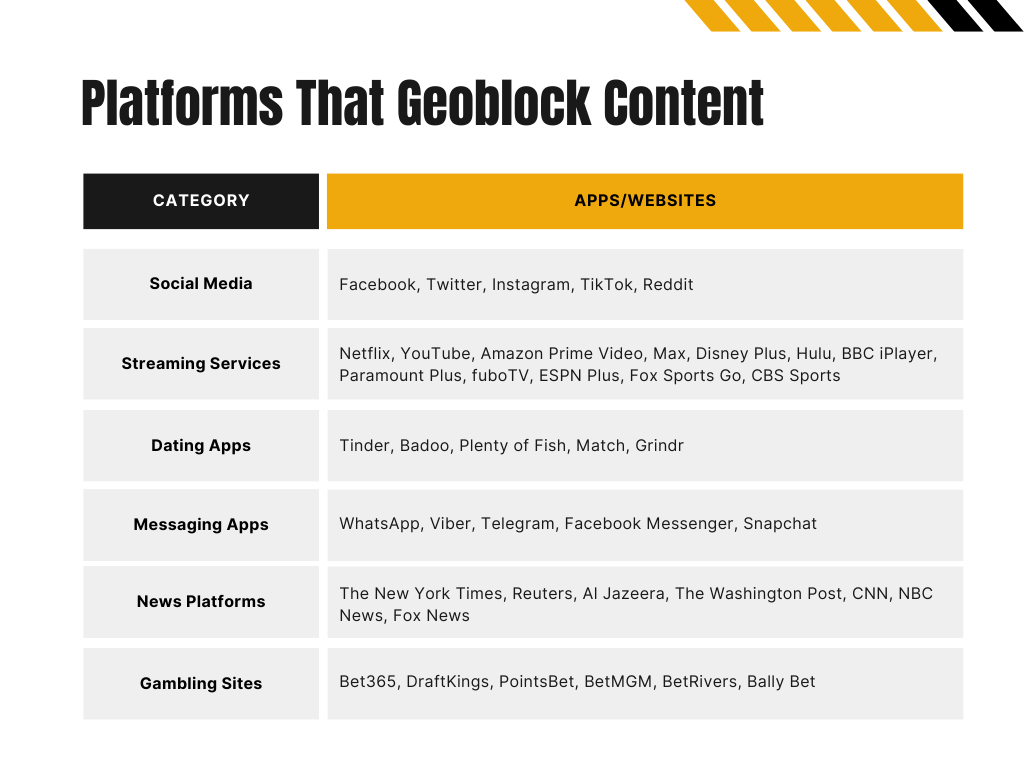
6. Geo Restrictions
Have you ever tried to search for a show/movie on Netflix and found it unavailable in your country? That’s georestriction in action. Companies use this technique to set dynamic access controls on their content based on the user’s physical location.
You’ll see streaming services, news outlets, and online retailers use georestrictions to comply with licensing rules or regional laws. Spotify, for instance, blocks some tracks in certain areas because of licensing agreements.
Georestriction is also why you see certain websites, such as ones with the adult content, entirely inaccessible in some countries.
On a smaller scale, websites can employ geo restrictions for more focused control. If your website caters only to users in specific cities, you can set up IP bans to block visitors from other cities.
How To Localize My IP Address
Regional Internet Registries (RIRs) split the world into different zones and hand out each zone a unique set of IP addresses. RIRs further distribute these IPs between Internet Service Providers, businesses, and other organizations.
Companies then maintain massive geolocation databases that map these IPs to specific geographic locations.
So, to localize IP addresses, you’ll need access to one of these geolocation databases. But it’s not easy for individuals to directly access these databases.
The easier way is to use a geolocation service provider. You simply feed them IPs, and they’ll return useful details like location coordinates, time zone, zip code, ISP name, etc.
Now, keep in mind that this data doesn’t always contain the exact location. And if a user is on a VPN, proxy, or mobile network, the location can be entirely wrong.
This is why websites use IP geolocation API for things like changing the language, currency, or content based on your location. These functions don’t require precise location, so IP localization’s approximate location is best for them.
Localize IP Addresses With geoPlugin
Did you see how IP localization can be of great help to businesses especially the ones with an online presence? And honestly, we’ve just skimmed the surface of what’s possible.
Using IP location, businesses can create sophisticated geomarketing solutions that have promising results for their bottom line.
And it’s not something far from your reach either. Any business can localize IP addresses using geolocation services as we mentioned earlier.
And if you use a powerful tool like geoPlugin, for example, you’re in luck. geoPlugin offers a free plan that lets you run up to 120 IP lookups per minute without costing you a dime.
And as your traffic grows, geoPlugin has affordable options to keep up with your needs.
So try geoPlugin today and start turning valuable insights from IP data into smarter marketing strategies.
FAQ
What is IP geolocation, and how does it work?
IP geolocation refers to determining the approximate physical location of a device based on its IP address. It uses geolocation databases that map IP addresses to specific regions, cities, or countries.
These databases are maintained by service providers. They contain details like:
- User’s approximate location
- Time zone
- Postal code
- ISP information
- And more when queried.
How accurate is IP-based location tracking?
IP-based location tracking is generally accurate at the country or city level but less precise for exact locations. This is simply because IP cannot reveal precise location by design. For precise location tracking, there are other technologies like GPS.
Why should I localize my business IP address?
Localizing your business IP address helps customize user experiences, like:
- Displaying content in local languages
- Adjusting currency
- Offering location-specific promotions
It also supports compliance with regional regulations. The use cases are many.


